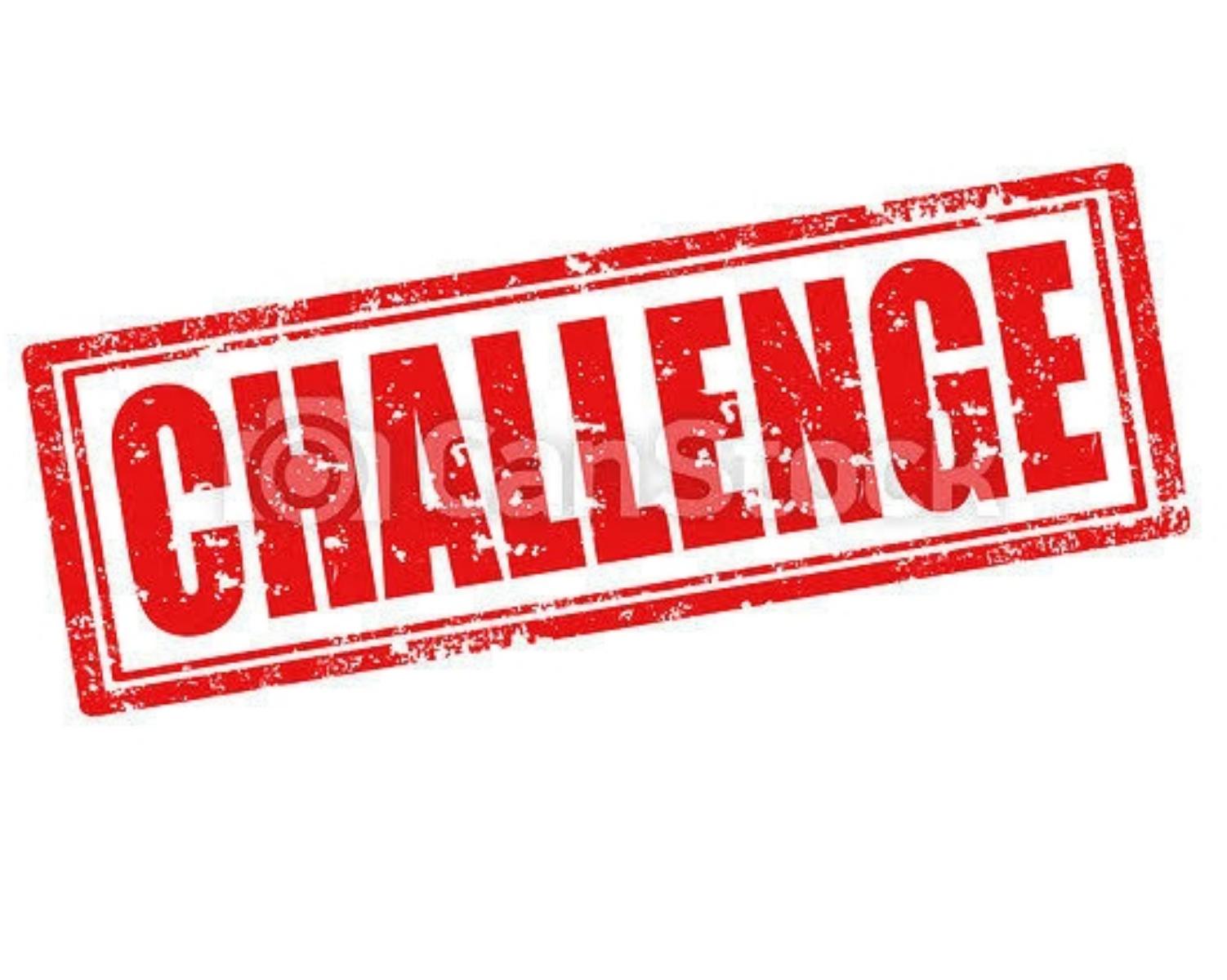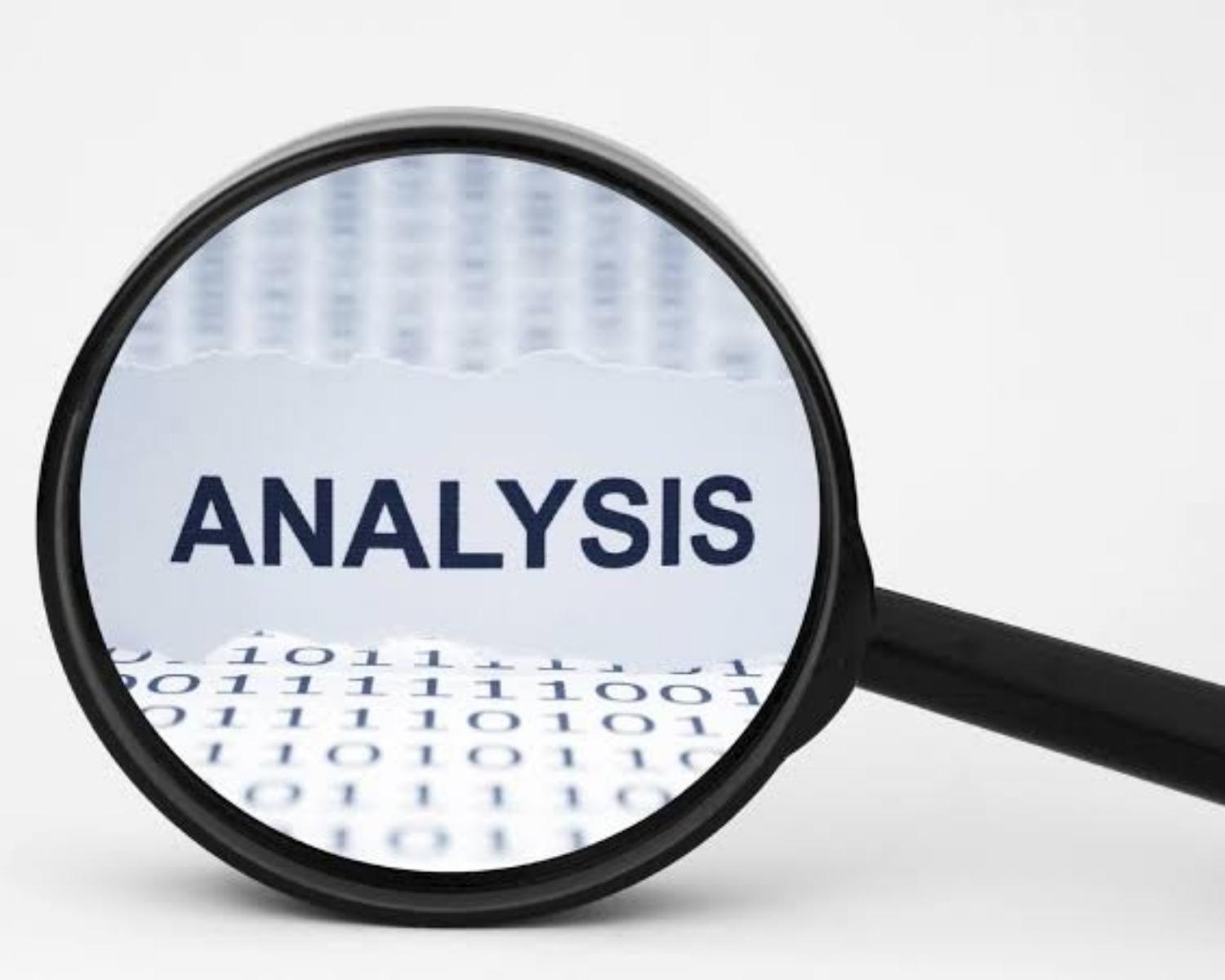Benny Herlambang's Key Ideas from The Hard and Soft Sides of Change Management
by Kathryn Zukof
Ideas, facts & insights covering these topics:
12 ideas
·1.06K reads
8
Explore the World's Best Ideas
Join today and uncover 100+ curated journeys from 50+ topics. Unlock access to our mobile app with extensive features.
18
225 reads
Change Management is Balancing Hard and Soft Approach
To deliver a smooth change, you need both side of approach done in balance. Hard side may include setting up a timeline, milestones, or clear deliverables criteria; getting your resources; establish a specific RACI matrix; and build a monitoring process. While the soft side may include approach to people impacted; having a clear, consistent, and truthful communication channels; listening people’s feedback and concern; and engaging people so they feel included.
20
168 reads
Challenges for Soft and Hard Side
Soft side mostly has challenge in facing people concern. Common concern from people impacted are: competence – what I need to learn after the change?; efficiency – is it gonna make me work longer?; security & stability – how about my take home pay?; status – how about my position?; relationships – how about my leaders/teams?
While hard side mostly facing challenges in achieving organizational outcome. Common mistakes on hard side may include: unclear motivation, wrongly assessing the complexity, getting feedback from wrong people, over-optimistic timeline, too rigid as changes may need agility.
21
107 reads
Making Small Wins Towards the Big Win
Each milestone should be considered as a small win, which this will build momentums rolling towards your goal. When you achieve small wins and celebrate them, you convince people the project is a good idea, and you quiet naysayers. This is a very good implementation for soft side approach.
20
103 reads
Always Include Your Stakeholder Analysis
To set an achievable milestone, have a clear deliverables criterion, you need to have a deep dive analysis, especially form the stakeholders. You must keep away from not communicating truly with the those who in the end execute the initiative. Stakeholder evaluation means figuring out who the change will have an effect on, how it's going to have an effect on them and the way intensely the initiative will adjust their work lives.
19
82 reads
Stakeholder analysis starts with a period of brainstorming and research. You ought to list everyone whom the change may affect. Consider stakeholder evaluation as a work in progress. If you find out an unnoticed stakeholder organization in the research process, add it to the analysis. From there, use their evaluation to tailor communications and education to the particular needs of every organization. Stakeholder analysis influences the hard aspect of change via way of means of keeping off costly mistakes, and the soft aspect via way of means of addressing stakeholders’ fears and concerns.
19
58 reads
Always Plan and Execute a Proper Training
Any changes require employees to learn new things. Training people to adopt new process/system is an important aspect of any change. Therefore, training is an important part of the hard side of change management.
Training matters also to the soft side of the change management due to the fact that change shakes people's feel of competence and self-assurance. If the employer instills self-assurance thru a well-established education program, people can construct a feel of self-warranty that contains throughout the current change initiative and into future initiatives.
20
73 reads
To have a proper and success training, you should follow several best practices:
1. Deliver it in small chunks – smaller pieces are easily to be digested
2. Close each chuck with a small win – build momentum towards your training goal
3. Consider having a ‘official training centre’ – it will help if some people may need in-class training instead of self-pace training
4. Get your superuser – build a team of superuser who will help to answer in daily activity as they are closer to the people
4. Reinforce the teaching – you may need to leverage your weekly calls with the people to refresh the teaching
20
54 reads
Expect and Embrace the Resistance
Resistance can come from many levels. If people withinside the organization don’t help a change, they’ll withstand it intentionally or subconsciously. Sometimes the motives for resistance are obvious – for example, a change includes people movements, even layoffs, this will create a huge insecurity and resist.
20
55 reads
The resisting people may show it through intentionally stalling the process, put less focus on the changes, find a workaround to ‘cheat’, or even totally avoid the change. Expect and embrace this as this naturally happens in every change, accept that some people will resist therefore you need to address it well especially on soft side approach.
19
45 reads
Anticipate the Resistance
During the deep dive and getting analysis from the stakeholders, you can determine who are your supporters and who most likely will resist. Group them based on their potential degree of resistance. Get these potential resistances into your supporter group.
19
49 reads
Give the resistance a voice early as seeking their input and feedback early in the process will eventually turned them as supporter. Sometimes a simple concession softened their resistance. Seek approaches to make amends for what employees may lose in a change. Human feelings don’t lend themselves to metrics and benchmarks, so addressing smooth emotions stays a critical venture in any new initiative. You should remember to acknowledge their concerns, encourage them to express their concerns and don’t react defensively.
19
45 reads
IDEAS CURATED BY
CURATOR'S NOTE
What you need to know about leading people through periods of learning and uncertainty, understanding why some people resist change and how to manage it.
“
Benny Herlambang's ideas are part of this journey:
Learn more about leadershipandmanagement with this collection
How to set achievable goals
How to create and stick to a schedule
How to break down large projects into smaller manageable tasks
Related collections
Discover Key Ideas from Books on Similar Topics
9 ideas
1 idea
Well Spent
Mr.Gerd Schwartz
8 ideas
Team Topologies in Action: Early Results from Industry - Team Topologies
videos.itrevolution.com
Read & Learn
20x Faster
without
deepstash
with
deepstash
with
deepstash
Personalized microlearning
—
100+ Learning Journeys
—
Access to 200,000+ ideas
—
Access to the mobile app
—
Unlimited idea saving
—
—
Unlimited history
—
—
Unlimited listening to ideas
—
—
Downloading & offline access
—
—
Supercharge your mind with one idea per day
Enter your email and spend 1 minute every day to learn something new.
I agree to receive email updates





